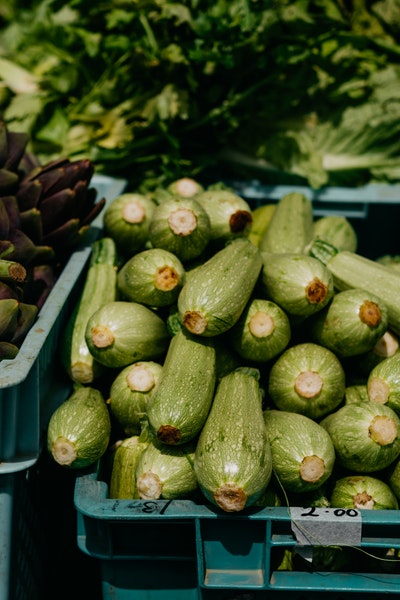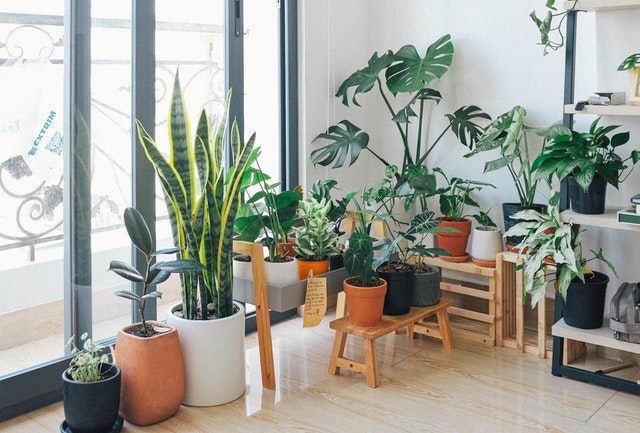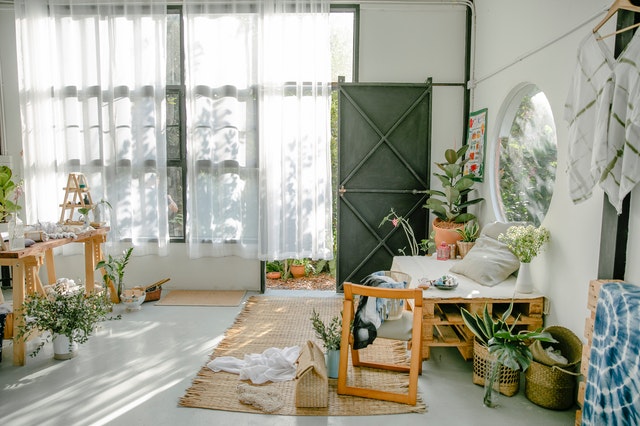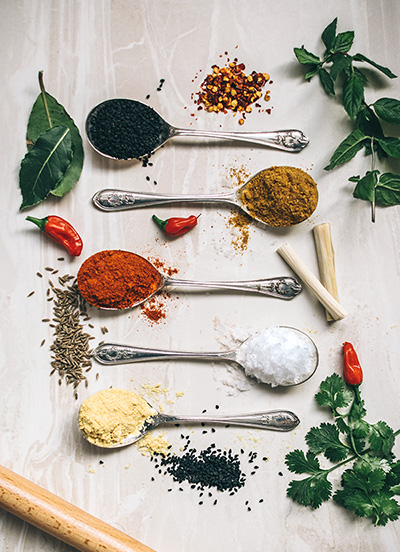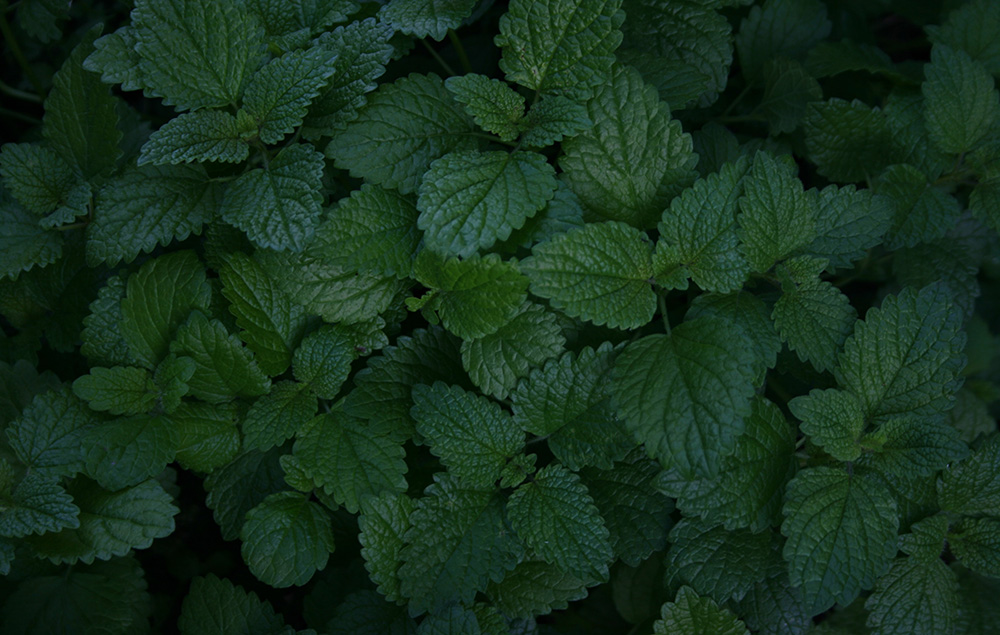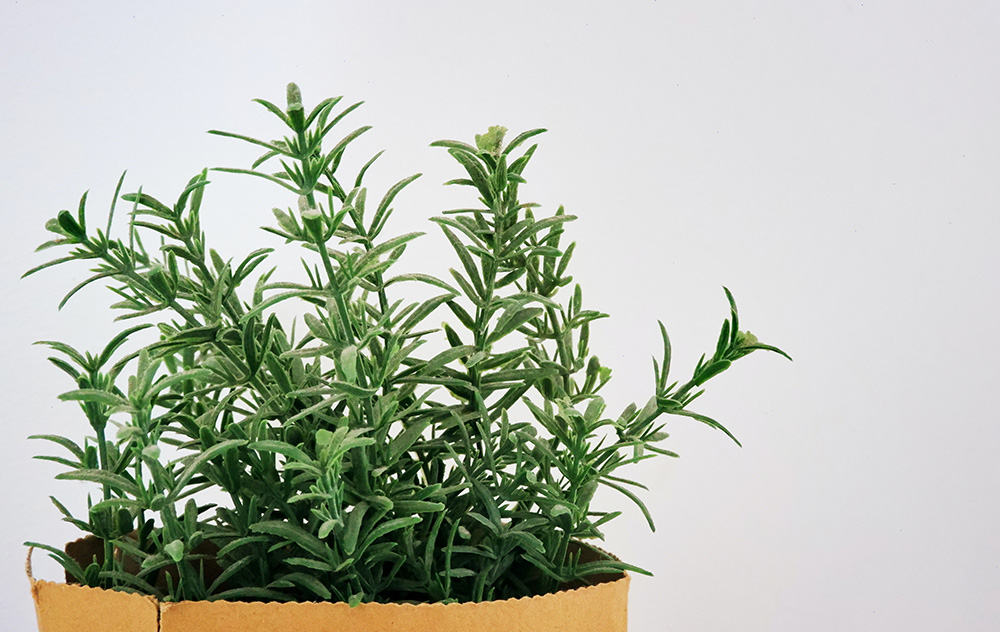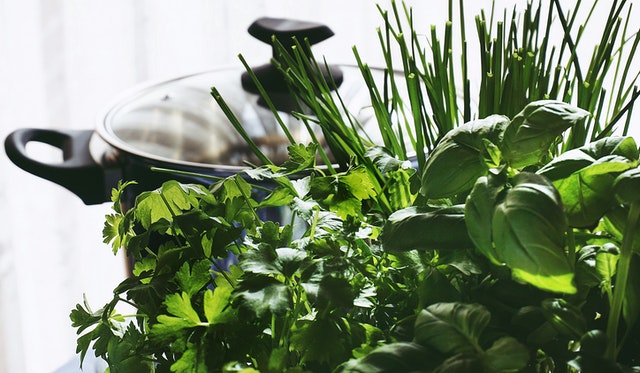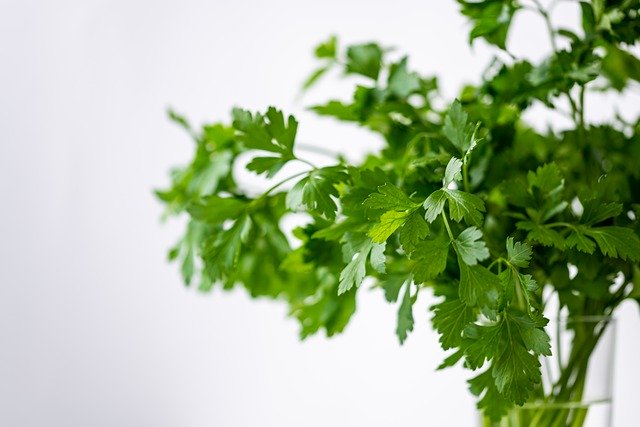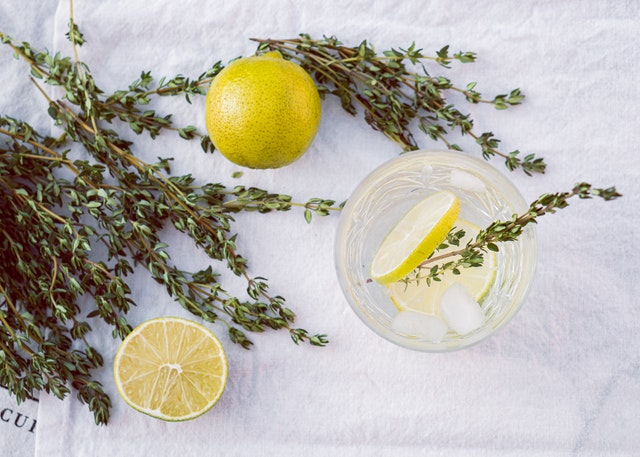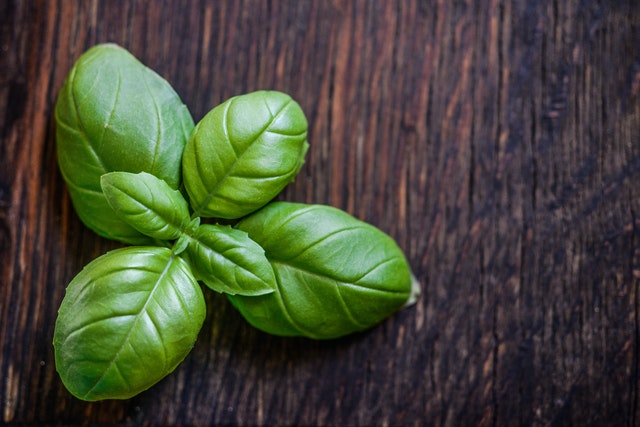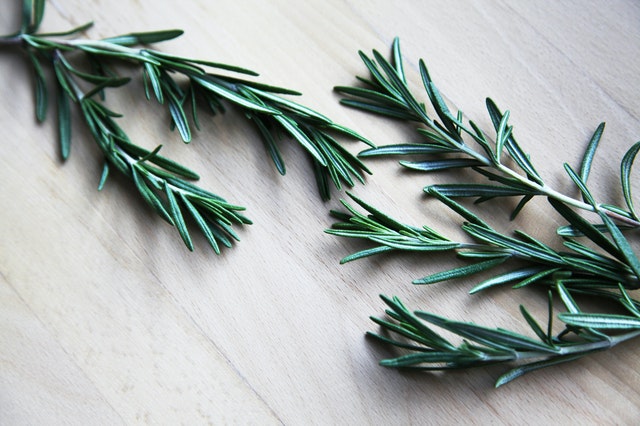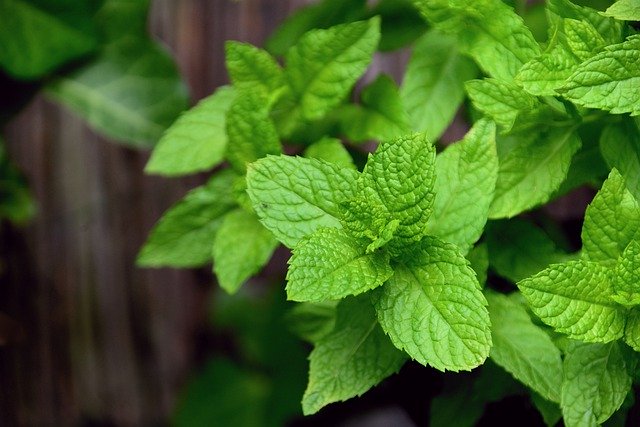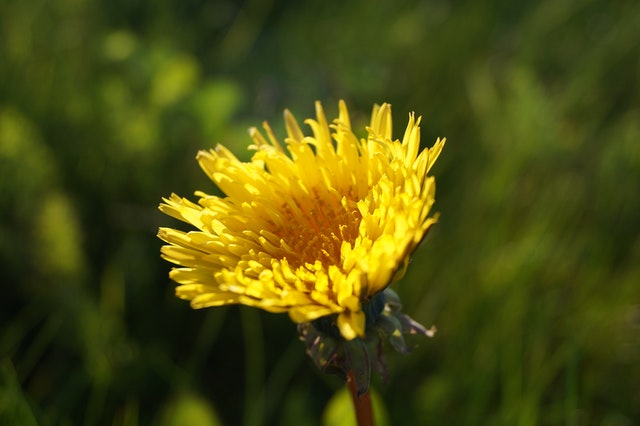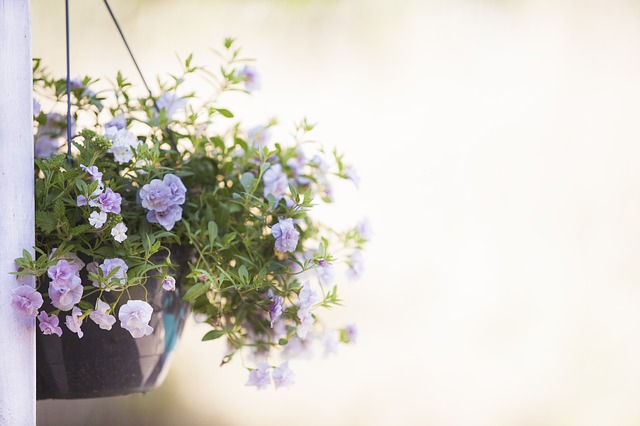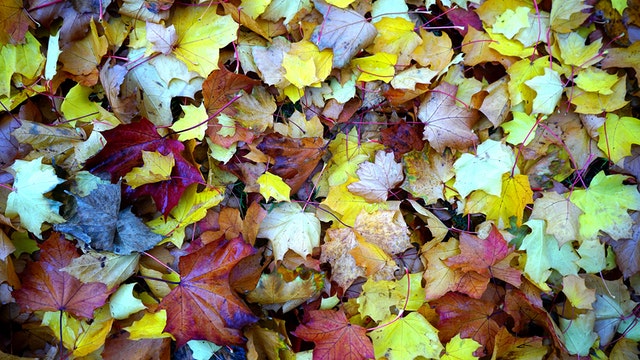Zucchini isn’t exactly America’s favorite veggie, but there are plenty of things to love about it. This slender, tender variety of squash provides many healthy nutrients. It also packs lots of flavor and freshness — if you know how to use it in dishes the right way.
A Source of Amazing Vitamins and Nutrients

The list of vitamins and minerals in a cup of zucchini reads like the label on a multivitamin bottle:
- Vitamin A
- Vitamin B6
- Vitamin C
- Vitamin K
- Manganese
- Potassium
- Phosphorus
- Thiamine
- Copper
Just one cup of zucchini can give you around 10–15% of your daily needs for these vitamins. That’s pretty impressive for a relatively inexpensive veggie!
Heaven for Your Gut

Zucchini has plenty of water, soluble fiber and insoluble fiber, which is excellent for gut health. Adding it to meals can make them easier for your body to digest. For some people, zucchini and other green veggies can alleviate the pain and inflammation of ulcerative colitis, irritable bowel syndrome and other chronic digestive problems.
The Green (and Yellow) Antioxidant Powerhouse
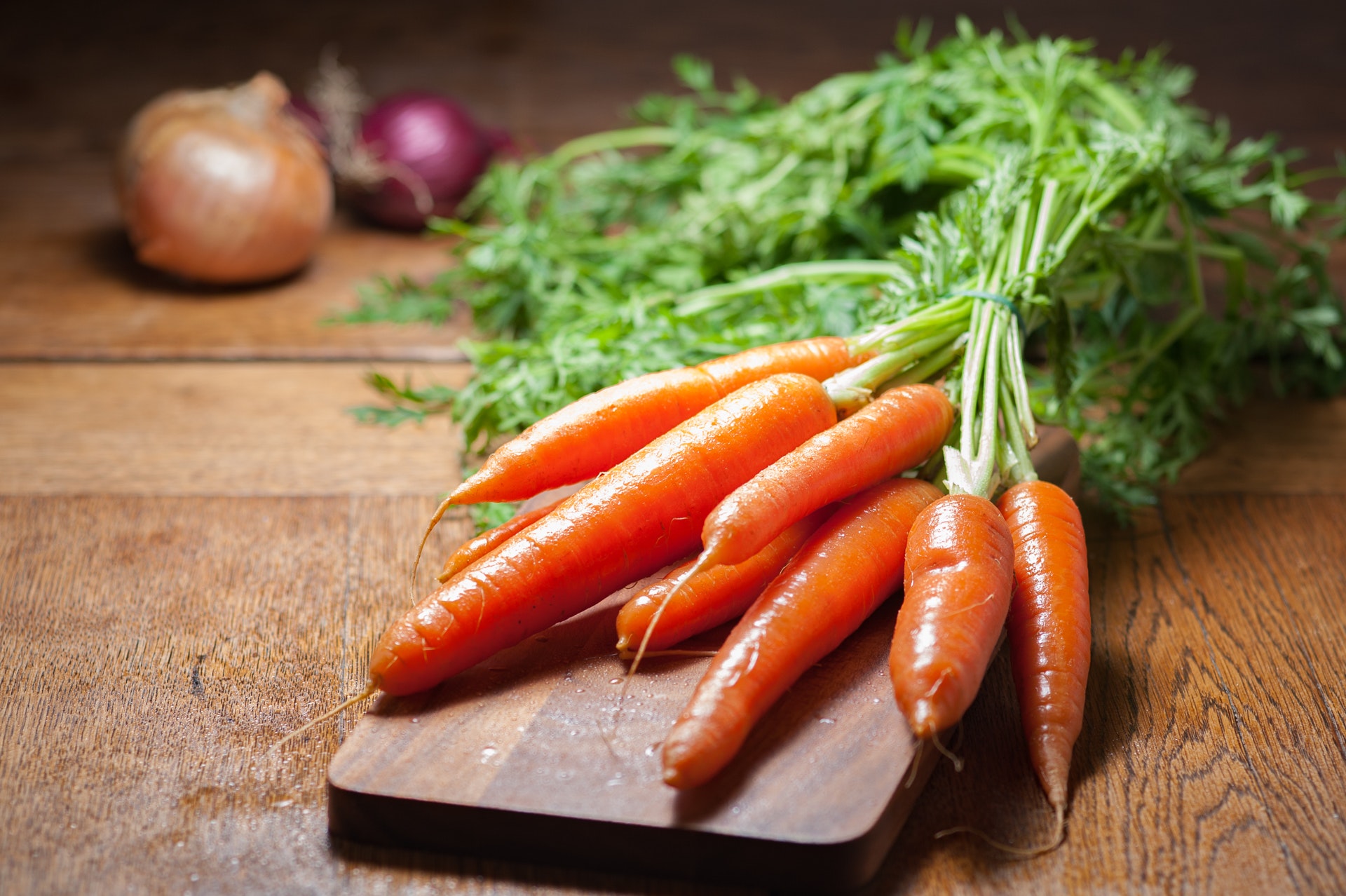
Another reason to love zucchini’s nutrients is that many of them provide important antioxidants. For example, green and yellow zucchini are rich in carotenoids — the same family of antioxidants found in carrots. These compounds support and protect the body:
- Eyes: Like carrots, zucchini are a great veggie for protecting your eyesight. This isn’t a myth. Beta-carotene and vitamin C can significantly reduce the risk of age-related vision loss and cataracts.
- Bones: Vitamin K, magnesium and antioxidants in zucchini all work together to help you have stronger bones.
- Prostate: While more research is needed, some studies suggest that zucchini seeds may help limit prostate enlargement.
- Thyroid: Some scientists think that extracts from zucchini peels may support balanced thyroid hormones. If true, it could help your metabolism, energy levels and mood.
- Cells: Some studies point to zucchini for helping prevent the growth of cancer or even destroying cancerous cells. A lot more research is needed to confirm this, but it’s a pretty impressive potential benefit for just adding colorful vegetables to your diet!
A Perfect Carb Replacer
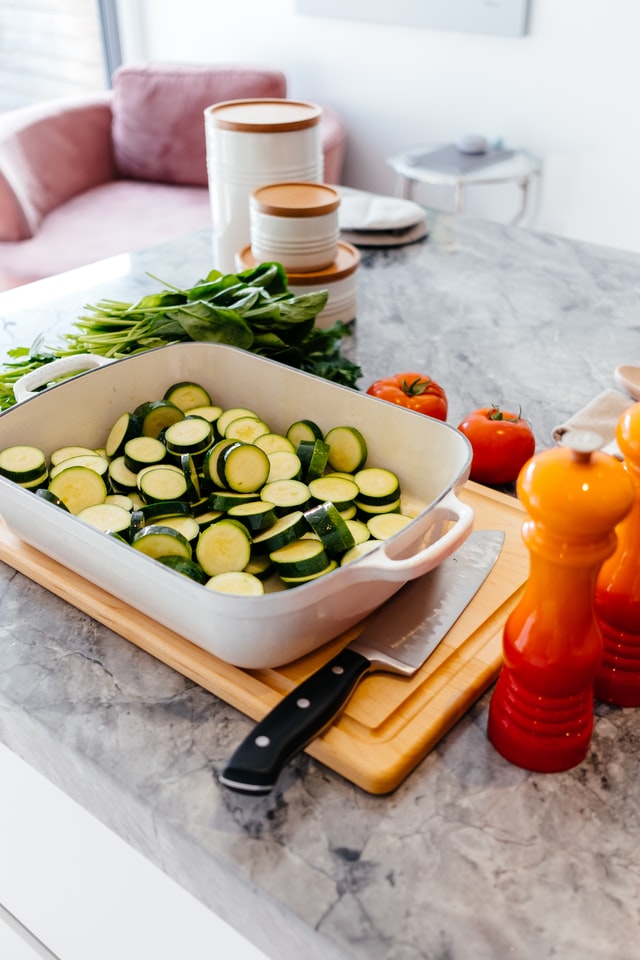
Now for one of the biggest reasons why this is the year of the zucchini: low-carb lifestyles! Zucchini has a firm texture and smooth taste that work great as a substitute for traditional carb-heavy staples. Instead of pasta, you can spiralize zucchini in seconds for flavorful Italian dishes.
Easy Veggies From Your Garden
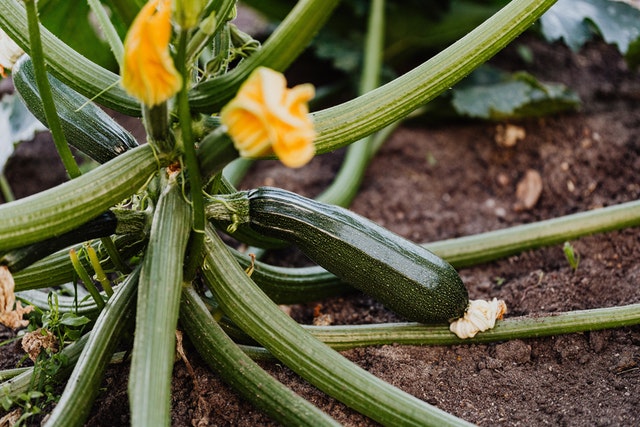
Growing zucchini is a breeze. Just plant some seeds in a sunny spot, give them at least two inches of water each week, and enjoy the fruits… er, veggies of your labor in about 45 days. A good harvest will give you plenty of zucchini to share with friends, too.
Awesome Ways To Use Zucchini
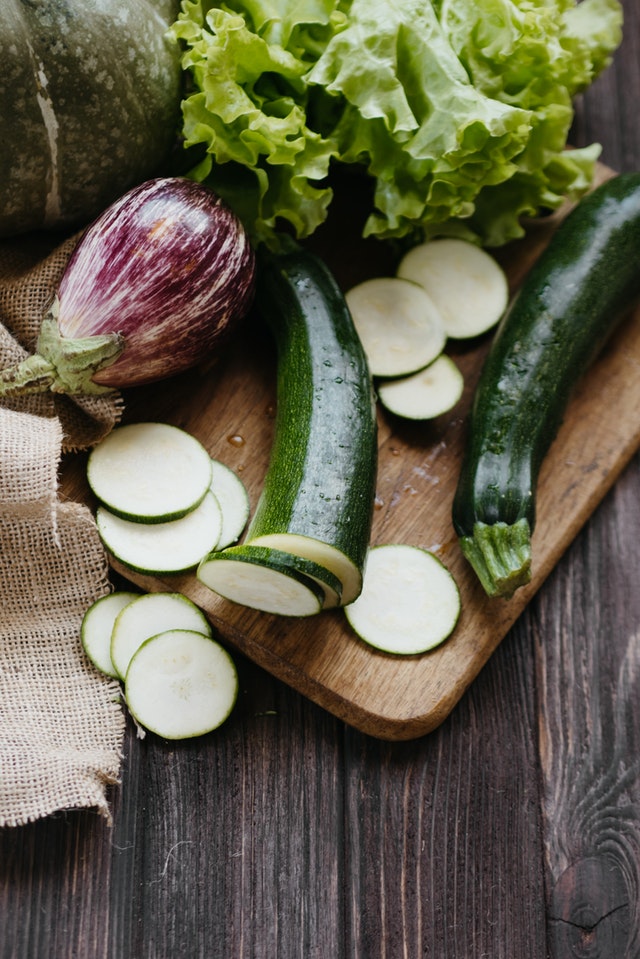
If you’ve never eaten zucchini raw in salads, you don’t know what you’ve been missing. Here are other irresistible meal ideas:
- Tomato and zucchini salad with olive oil vinaigrette
- Zucchini, carrot and cabbage slaw
- Grilled halibut with lemon zucchini noodles
- Grilled zucchini slices with olive oil and basil (side dish)
- Sauteed shrimp and zucchini stir fry
- Spicy zucchini with turmeric-ginger chicken
- No-noodle zucchini lasagna
- Zucchini au gratin with garlic, parmesan and pecorino
A word of advice: Don’t overcook! Just toss the zucchini in at the last minute, like you would with herbs or green onions.

